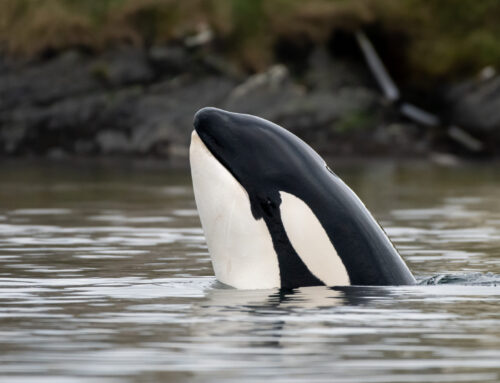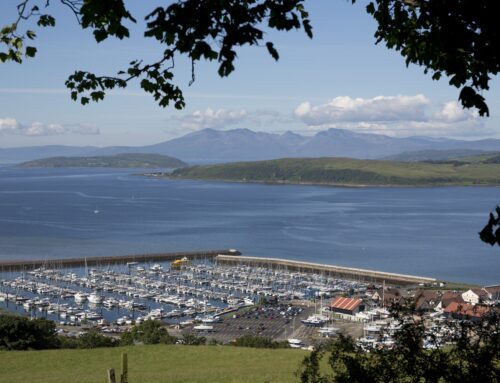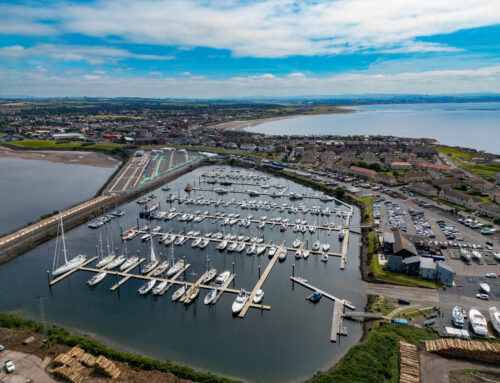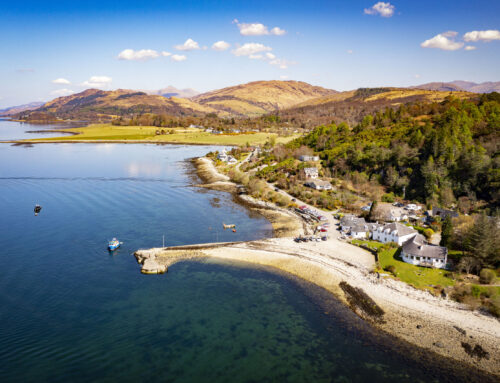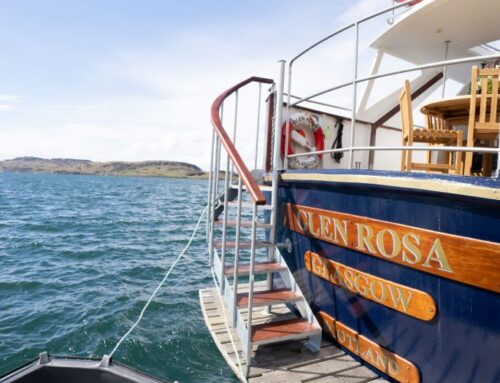They have been satellite tracked travelling thousands of miles across the world’s oceans in search of food.
However, new figures reveal that the Hebrides, with its abundance of plankton, remains a top summer haunt of the basking shark. Many places around Britain recorded their worst sightings of the gentle giants, which are the world’s second largest fish, last year. But Basking Shark Scotland’s newly released figures for its 2014 sightings indicate that the Hebrides remains one of the best places to see them.
Shane Wasik, owner of the Oban based company, revealed that there were 250 sightings recorded from his trips around the Hebrides and by individual members of the public in Scottish waters last year. He said:
“These sightings ranged from Caithness to Dumfries and Galloway, but the highest concentration of sightings were recorded in the Hebrides.”
“The largest number spotted in one shoal on one day was over 30 individuals and occurred during a large summer plankton bloom. Although our public sightings submissions had dropped by a third in 2014, our own sightings have increased by 23% from the previous year (2013).”
He said Basking Shark Scotland probably had a better chance of sightings because of their inside knowledge of the fish’s favourite places, or hotspots. The sighting figures are good news for fans of the sharks, as annual figures released last month by the Mull based Hebridean Whale and Dolphin Trust raised concern that fewer basking sharks may be visiting the area.
The trust carries out research of species numbers by surveying the same stretch of water every year and its recorded sightings of basking sharks for 2014 fell by 33 per cent, compared with 2013, to 16 encounters. But a spokesman for the trust explained:
“This does not necessarily indicate a reduction in population size – as possible explanations include a shift further offshore in the distribution of plankton, the sharks’ favourite food.”
Mr Wasik said the sighting of one very distinctive basking shark gives weight to the theory that, just like many humans, the creatures return to the same haunts every summer. The shark, which Mr Wasik christened “sore nose”, was seen in 2013 with marine debris embedded deep into his snout.
“We found this shark again in 2014 and we are pleased to report the debris was missing and the injury cause by the debris has healed.”
Article From: HeraldScotland.com
by: Moira Kerr
Cover image: Ross Beane



